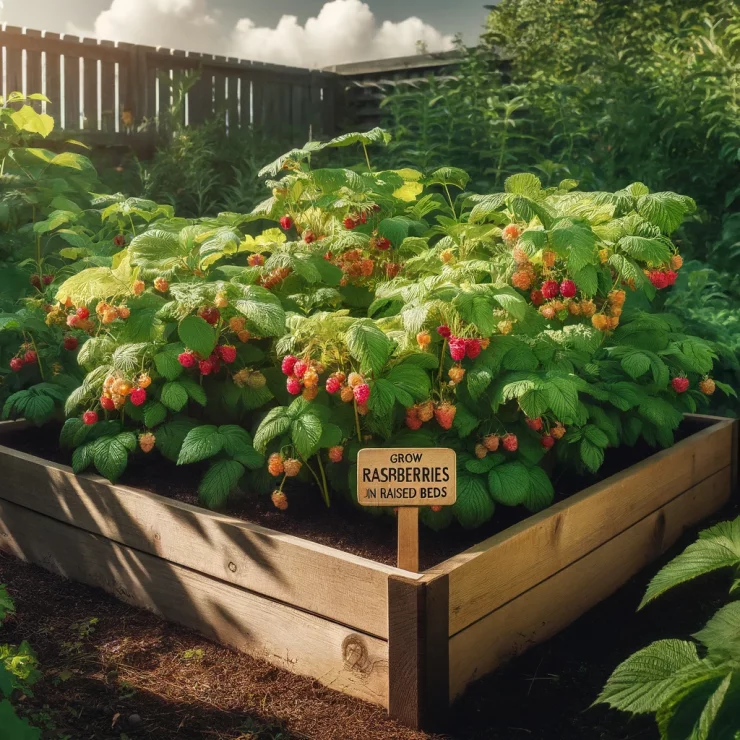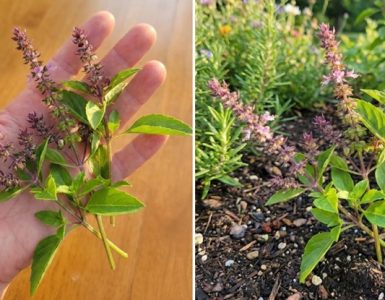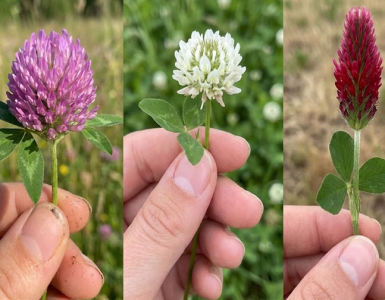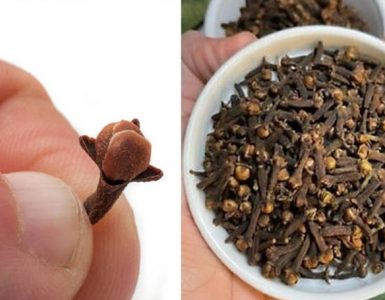Raspberries, with their burst of sweet-tart flavor, are a delightful addition to any garden. But why settle for regular-sized berries when you can grow giants? With the right techniques and a little TLC, you can cultivate raspberries that are not only larger but also more abundant. And what better way to do it than in raised beds?
- Choose the Right Varieties
Selecting the right raspberry variety is crucial for growing large berries. Look for cultivars known for their size and flavor. Varieties like “Heritage,” “Tulameen,” and “Autumn Bliss” are renowned for producing big, juicy berries. Additionally, consider the climate in your area and choose varieties that are well-suited to your region.
- Optimal Site Selection
Location is key when it comes to growing raspberries. Choose a spot that receives full sun for at least six hours a day. Raspberries thrive in well-drained soil with a pH level between 5.5 and 6.5. Raised beds offer excellent drainage and allow you to control the soil conditions more effectively, ensuring optimal growth for your raspberries.
- Build Your Raised Beds
Construct raised beds using untreated wood, composite materials, or concrete blocks. Aim for a width of 3 to 4 feet, which allows easy access to the plants from both sides. The height of the raised beds should be at least 12 inches, though 18 to 24 inches is preferable for raspberries, as it provides ample room for root growth.
- Prepare the Soil
Fill your raised beds with a nutrient-rich soil mixture. A blend of compost, aged manure, and peat moss will provide the necessary nutrients and improve soil structure. Ensure the soil is loose and well-aerated, as compacted soil can hinder root development and water penetration.
- Planting Raspberries
Space raspberry plants 2 to 3 feet apart within the raised beds to allow for adequate airflow and room for growth. Plant them at the same depth as they were in their nursery containers, and water thoroughly after planting to help settle the soil.
- Provide Adequate Support
Raspberries are notorious for their sprawling growth habit. To prevent the canes from flopping over and to make harvesting easier, install a support system within the raised beds. This can be achieved using trellises, stakes, or a combination of both.
- Proper Watering and Mulching
Keep the soil consistently moist but not waterlogged, especially during the fruiting season. Apply a layer of organic mulch, such as straw or wood chips, to help retain moisture, suppress weeds, and regulate soil temperature.
- Fertilize Regularly
Raspberries are heavy feeders and benefit from regular fertilization. Apply a balanced fertilizer in early spring and again after the first harvest to promote healthy growth and fruit production.
- Pruning and Maintenance
Prune raspberry canes annually to remove old, diseased, or weak growth and encourage new shoots. Pruning also helps improve airflow and light penetration, which reduces the risk of disease.
- Pest and Disease Management
Keep an eye out for common pests and diseases that can affect raspberries, such as aphids, spider mites, and powdery mildew. Regularly inspect your plants and take appropriate measures, such as using insecticidal soap or neem oil, to prevent infestations.
By following these steps and utilizing raised beds, you can grow giant raspberries that are sure to impress. With a little effort and attention to detail, you’ll be enjoying a bountiful harvest of juicy, flavorful berries straight from your garden.






Add comment